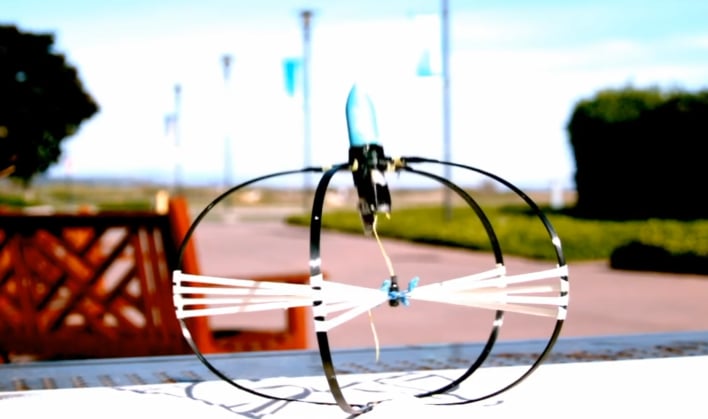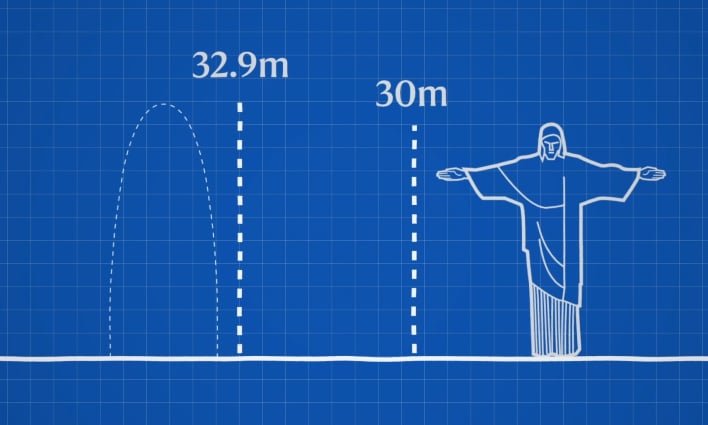This Jumping Robot Just Broke Records With A 100 Foot Leap And Skynet Is Beaming

The Eliot Hawkes Lab's jumping robot is referred to as a fresh approach to the design of jumping devices. It was developed by UC Santa Barbara engineering professor Eliot Hawkes and collaborators, and looks to advance the understanding of jumping as a form of locomotion.
Hawkes stated that the idea and motivation came from a scientific question. He indicated that the team wanted to understand the many possible methods for a machine to be able to traverse its environment. Even with centuries' worth of studies on biological jumpers, and decades' worth of research on mainly bio-inspired mechanical jumpers, Hawkes said the two had remained somewhat separate.
"There hadn't really been a study that compares and contrasts the two and how their limits are different, whether engineered jumpers are really limited to the same laws that biological jumpers are," Hawkes said.
However, as indicated by Charles Xaio, a Ph.D. candidate in Hawkes' lab, elements that create a jump in a biological system can be limiting for engineered systems. He remarked, "Biological systems can only jump with as much energy as they can produce in a single stroke of their muscle." This limits the system in the amount of energy it can give to pushing the body off the ground.
In contrast, Xiao says that animals should have a small spring, only enough to store the relatively small amount of energy produced by their single muscle stroke. Engineered jumpers, however, should have as large a spring as possible and a tiny motor.
What the team came up with was a jumper with a spring relative to its motor, which is 100x greater than that found in animals. They created a new spring, looking to maximize its energy storage per unit mass. The result was a hybrid tension-compression spring, carbon-fiber compression bows that are squashed while rubber bands are stretched by the pulling of a line wrapped around a motor-driven spindle.
"Surprisingly, the rubber makes the compression bow-spring stronger," Hawkes said. "You can compress the spring further without it breaking."

"We calculated that the device should be able to clear 125 meters in height while jumping half of a kilometer forward on the moon," stated Hawkes. "That would be one giant leap for engineered jumpers."
Top Image Courtesy of Eliot Hawkes' Lab

